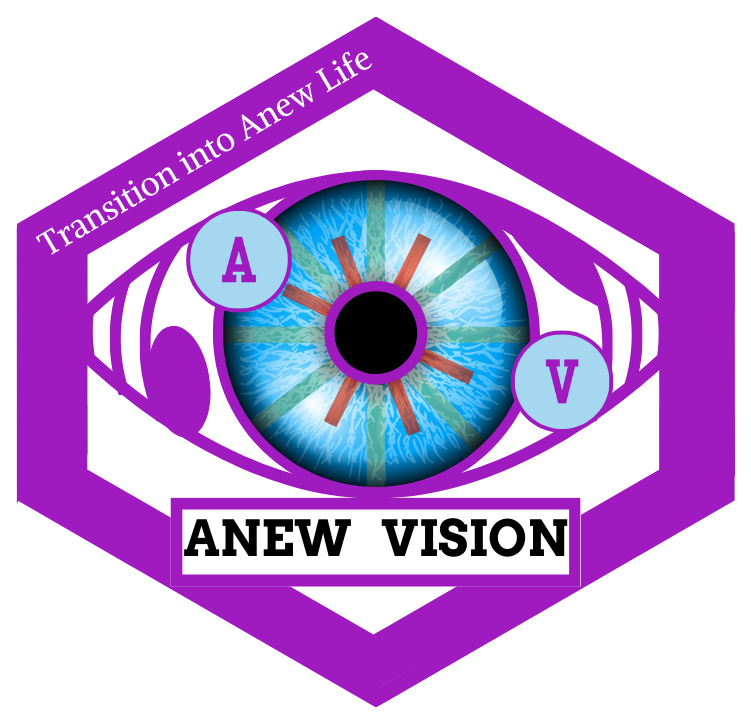Transitional Living in Fort Worth | Sober Housing Support
Navigating the Path: What Is Transitional Living and How Can It Aid Recovery?
When it comes to addiction recovery, completing a treatment program is just the beginning. For many people, the most vulnerable phase of recovery comes after inpatient rehab ends. That’s where transitional living enters the picture.
If you’ve searched for “What is transitional living in Fort Worth?”, you’re likely seeking a deeper understanding of how transitional housing bridges the gap between formal treatment and full reintegration into independent life.
This article explains what transitional living really is, how it differs from sober living homes and halfway houses, and why it’s a critical part of long-term recovery. We’ll also look at Fort Worth recovery services, how transitional care centers fit into the picture, and answer some of the most common questions people ask when navigating this vital next step.
What Is Transitional Living in Fort Worth?
Transitional living refers to structured, substance-free housing designed to support individuals as they move from addiction treatment back into everyday life. In Fort Worth and many other cities, these residences help residents:
- Practice independence in a safe, supportive environment
- Build habits that support sobriety
- Continue participating in therapy, outpatient care, or support groups
Often referred to as recovery housing, transitional living serves as a bridge between clinical treatment and unsupervised living, helping to prevent relapse and promote a sustainable recovery.
The Purpose of Transitional Living
Why Is Transitional Living So Important?
The period right after formal treatment — whether inpatient detox or residential rehab — is when many people relapse. In fact, studies show that 40–60% of people relapse within the first year after treatment.
Transitional living offers:
- A controlled environment free from triggers
- A routine-based lifestyle to reduce chaos
- Connection to ongoing recovery resources like outpatient care or job support
- A community of peers focused on sobriety
In short, it supports continuity of care, which is key to long-term recovery success.
Types of Transitional Housing: What’s the Difference?
While the terms transitional living, sober living homes, halfway houses, and recovery housing are often used interchangeably, they do have subtle differences. Understanding these distinctions is important when evaluating options in Fort Worth recovery services.
1. Sober Living Homes
These are peer-supported residences where individuals live independently but agree to:
- Remain substance-free
- Follow house rules (curfews, chores, drug testing)
- Attend support meetings or outpatient treatment
Sober living homes are voluntary and typically privately funded or run by nonprofit organizations.
2. Halfway Houses
Halfway houses are government-funded or affiliated with the criminal justice system. They:
- Often house individuals on probation or parole
- May have stricter supervision
- Include mandatory job placement or rehab program participation
3. Recovery Housing
A broad term that includes both sober living homes and transitional residences. This category focuses on housing specifically designed to support people in recovery from substance use disorders.
4. Transitional Care Centers
These are typically short-term medical facilities or step-down treatment centers that provide:
- Post-acute detox or medical stabilization
- Access to mental health professionals
- Linkage to long-term housing or outpatient treatment
Transitional care centers in Fort Worth are often used before moving into a sober living or transitional home.
Benefits of Transitional Living in Fort Worth
1. Accountability and Structure
Residents are required to adhere to rules that support recovery, such as:
- Curfews
- Random drug and alcohol tests
- Participation in chores or house meetings
- Regular engagement in recovery activities
This structure and accountability help residents rebuild discipline and stay focused on their goals.
2. Peer Support and Community
Living with others who are also committed to sobriety creates a natural support system. Peer support is a vital factor in sustained recovery, helping residents:
- Feel less alone in their journey
- Gain encouragement from shared experiences
- Develop positive, sober relationships
Many sober homes and transitional living centers also foster community through support groups, events, or shared recovery goals.
3. Smooth Reintegration into Society
Transitional living helps people gradually transition into daily responsibilities like:
- Employment
- Education
- Managing money
- Navigating relationships
This helps prevent shock or overwhelm that often leads to relapse when someone returns abruptly to their old environment.
4. Connection to Fort Worth Recovery Services
Residents in transitional homes often continue accessing:
- Outpatient programs in Fort Worth
- Therapy and mental health counseling
- Support groups Fort Worth offers (like AA, NA, or SMART Recovery)
- Employment or educational services
This integrated model of care ensures that recovery is not a solo effort but supported on all fronts.
Who Should Consider Transitional Living?
Transitional living is ideal for:
- People completing residential rehab who aren’t ready to return home
- Those who have unstable or unsafe home environments
- Individuals transitioning from a Fort Worth transitional care center
- Anyone who needs more time to develop independent living skills
Even those coming from a court-mandated program or halfway house may find transitional living homes provide a less restrictive, but still supportive, next step.
How to Choose the Right Transitional Living Program in Fort Worth
Not all transitional homes are created equal. When evaluating your options, ask the following:
- Is the program certified or affiliated with a reputable recovery network?
- Are staff trained in addiction recovery?
- Is there support for co-occurring mental health conditions?
- Are residents required to participate in counseling or recovery groups?
- Are the rules and expectations clear and consistent?
Look for places that offer personal growth, accountability, and safety, not just a place to sleep.
The Role of Transitional Living in Fort Worth’s Recovery Ecosystem
Fort Worth has built a robust recovery ecosystem, including:
- Inpatient and detox centers
- Transitional care centers
- Outpatient counseling and therapy
- Support groups Fort Worth residents can access daily
- Sober living and transitional housing programs
Together, these services help create a continuous care model that gives people in recovery multiple levels of support, depending on where they are in their journey.
Conclusion
So, what is transitional living in Fort Worth? It’s more than just temporary housing — it’s a lifeline for people rebuilding their lives after addiction. With structure, accountability, peer support, and access to continued treatment, transitional living bridges the gap between rehab and real life.
Whether you're finishing a stay at a transitional care center, stepping down from an inpatient facility, or simply need time and space to strengthen your recovery, transitional living could be the missing piece in your long-term success.
FAQs About Transitional Living in Fort Worth
1. What is the main purpose of transitional living?
The primary goal of transitional living is to bridge the gap between intensive treatment (like inpatient rehab) and full independence. These homes provide a structured, sober, and supportive environment for individuals who are in early recovery. The setup helps reduce the risk of relapse by maintaining accountability and promoting healthy routines.
2. How long can someone stay in a transitional living home?
While the duration varies depending on the program and the individual’s progress, most people stay in transitional living for 90 days to 12 months. Some homes offer shorter-term stays for those further along in recovery, while others allow longer residencies for those who need more time to adjust. The decision often depends on factors such as employment status, sobriety milestones, personal goals, and support system stability.
3. Is transitional living the same as a halfway house?
Transitional living and halfway houses both offer structured, sober environments, but they serve different purposes. Halfway houses are often state-funded or court-mandated, typically for individuals reentering society after incarceration, with stricter rules and supervision. In contrast, transitional living homes are usually voluntary and support those exiting rehab, focusing on personal growth, accountability, and independence.
4. Do transitional living homes offer medical care?
No, they do not provide direct medical care or clinical treatment. Transitional homes focus on lifestyle support, accountability, and structure, rather than offering medical services. However, residents are often encouraged or required to participate in outpatient treatment programs nearby, including counseling, therapy, or medication management.
5. Can I work or go to school while living in transitional housing?
Yes, absolutely — and it’s often encouraged. Transitional living is designed to help individuals reintegrate into society, which includes maintaining employment, attending school, or participating in vocational training. These responsibilities not only help build independence but also reinforce healthy habits, time management, and self-worth.









